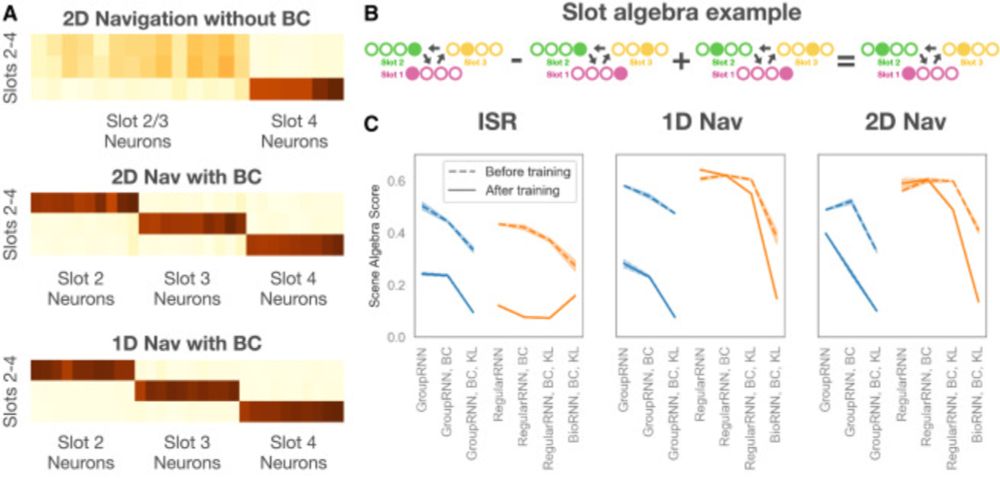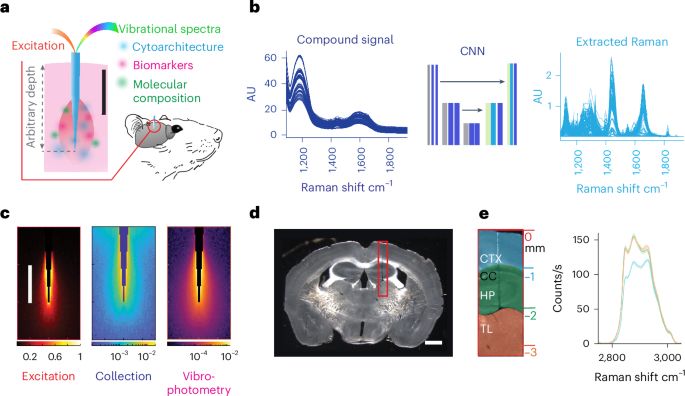
Previously invented fiber photometry and developed light field microscopy in the Deisseroth Lab; then subtyping for depression/autism.
Engineering better treatments using AI @ grosenicklab.org
lnkd.in/eKVNGVNU
Most AI models treat all inputs the same.
We show how to adaptively route each sample across modalities and tasks, boosting performance, interpretability, and clinical impact for heterogenous data.

lnkd.in/eKVNGVNU
Most AI models treat all inputs the same.
We show how to adaptively route each sample across modalities and tasks, boosting performance, interpretability, and clinical impact for heterogenous data.
🔗 Read this Editorial to learn more: ja.ma/46kacf7
📌 Explore JAMA+ Women’s Health: ja.ma/42ifhSF

🔗 Read this Editorial to learn more: ja.ma/46kacf7
📌 Explore JAMA+ Women’s Health: ja.ma/42ifhSF
We're very happy to announce that we are able to reduce the APC to $1400.
Huge thanks to all authors, reviewers, editorial team+board, and MIT Press.
We're very happy to announce that we are able to reduce the APC to $1400.
Huge thanks to all authors, reviewers, editorial team+board, and MIT Press.
Bayesian models can learn rapidly. Neural networks can handle messy, naturalistic data. How can we combine these strengths?
Our answer: Use meta-learning to distill Bayesian priors into a neural network!
www.nature.com/articles/s41...
1/n
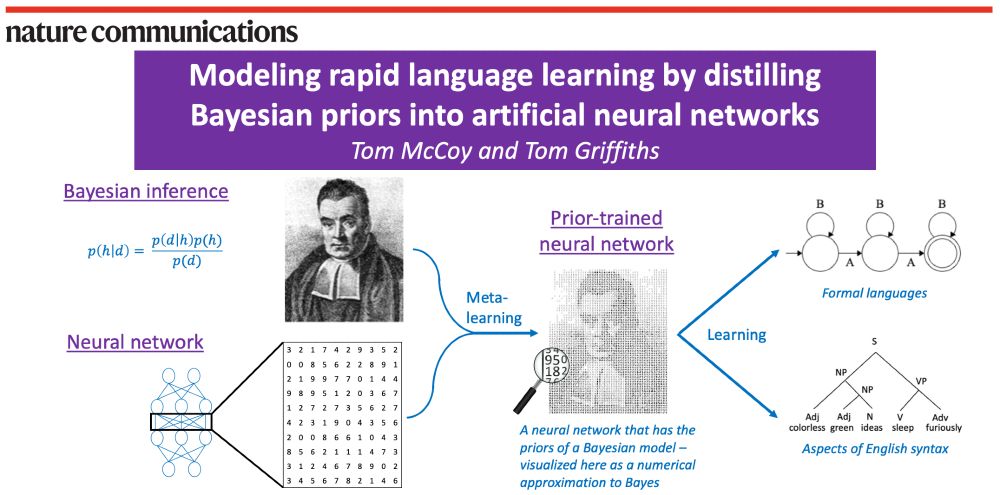
Bayesian models can learn rapidly. Neural networks can handle messy, naturalistic data. How can we combine these strengths?
Our answer: Use meta-learning to distill Bayesian priors into a neural network!
www.nature.com/articles/s41...
1/n
Video: www.youtube.com/watch?v=yw_4...
Paper: www.nature.com/articles/s41...
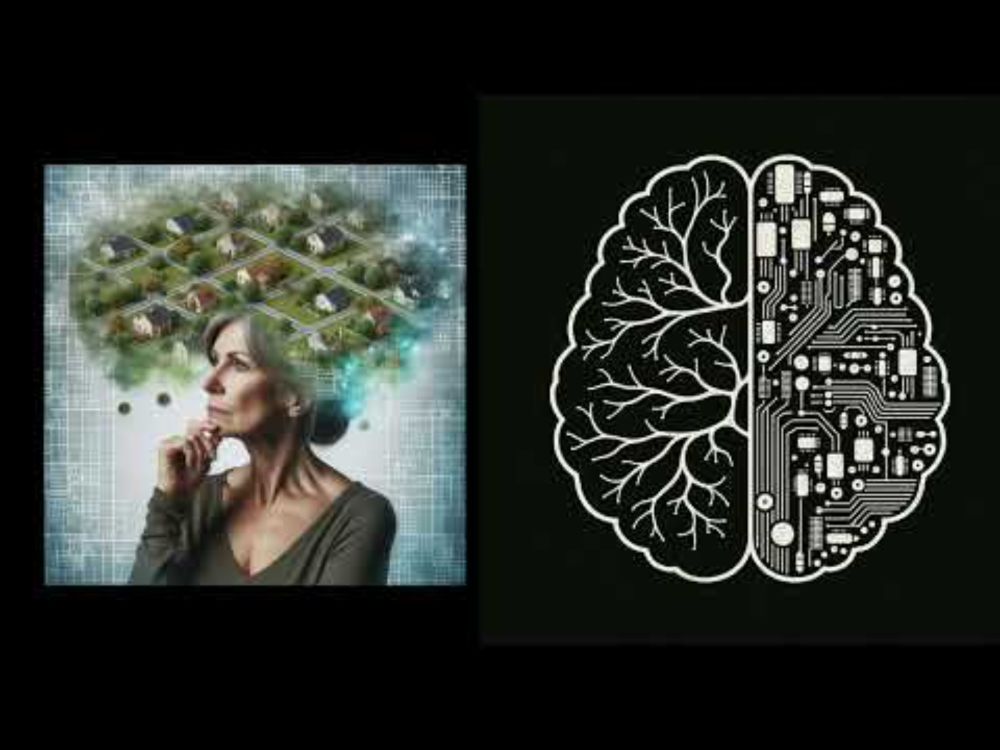
Video: www.youtube.com/watch?v=yw_4...
Paper: www.nature.com/articles/s41...
1/n
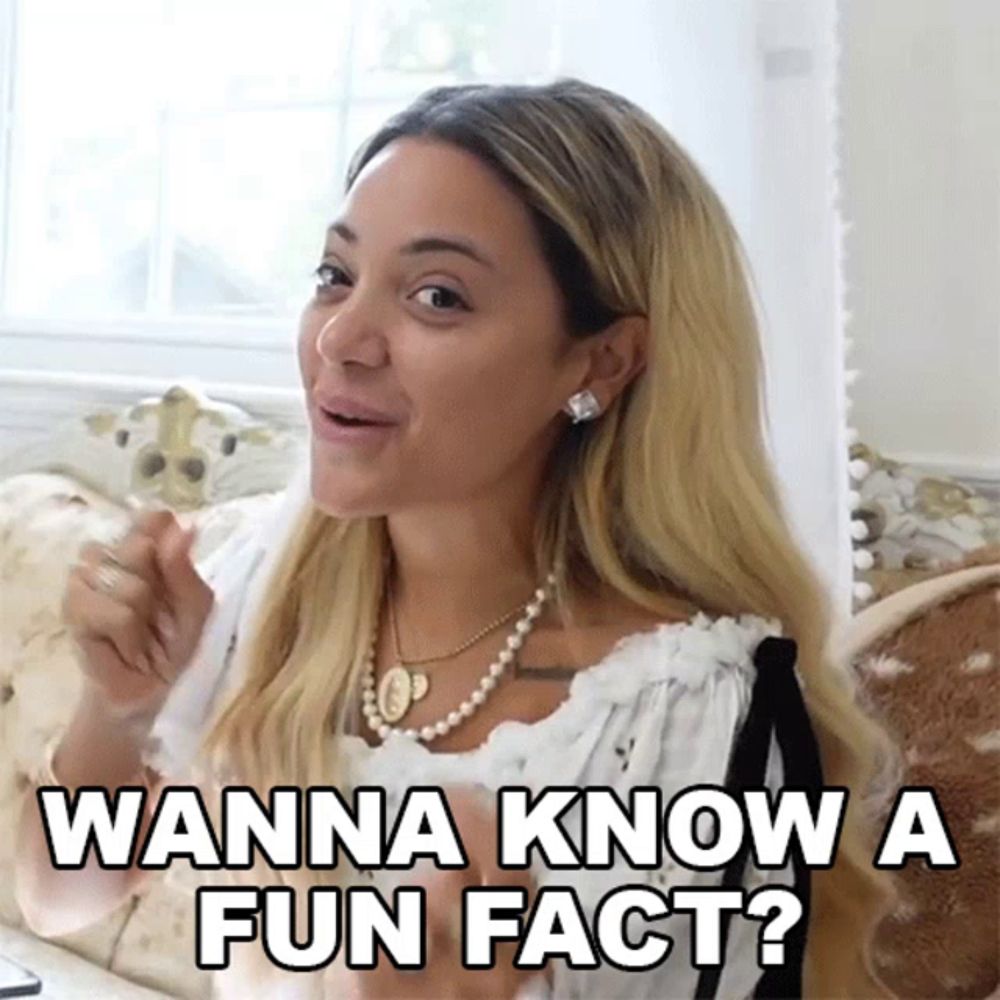
1/n

www.cell.com/trends/neuro...
#neuroscience

www.cell.com/trends/neuro...
#neuroscience
Explore interactive visualizations, datasets, code + paper: google-research.github.io/zapbench
🧠🧪
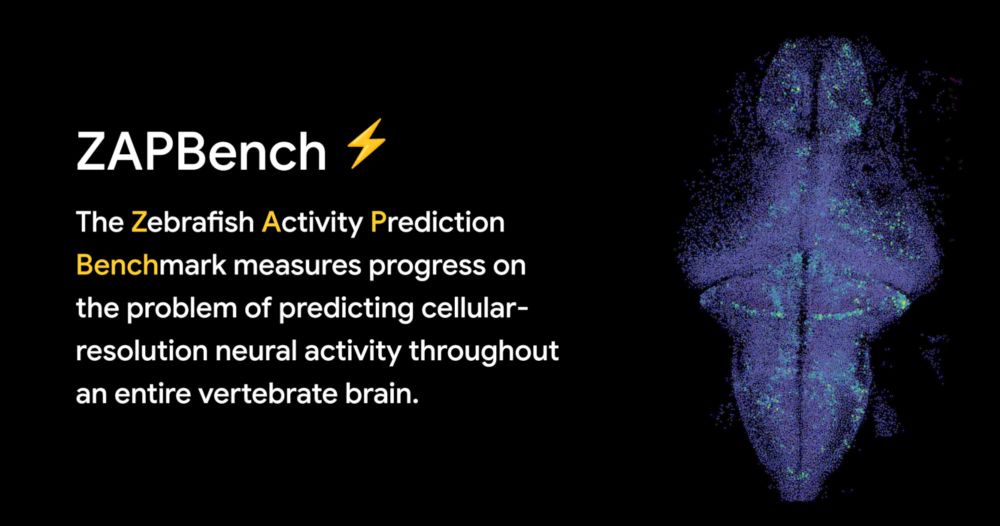
Explore interactive visualizations, datasets, code + paper: google-research.github.io/zapbench
🧠🧪
In our latest cross-species study 🐭👨 with @iitalk.bsky.social we dive into these questions!
Find out more here 👇👇
www.biorxiv.org/content/10.1...
Thread below 🧵 1/n

In our latest cross-species study 🐭👨 with @iitalk.bsky.social we dive into these questions!
Find out more here 👇👇
www.biorxiv.org/content/10.1...
Thread below 🧵 1/n
www.nature.com/articles/s41...
www.nature.com/articles/s41...
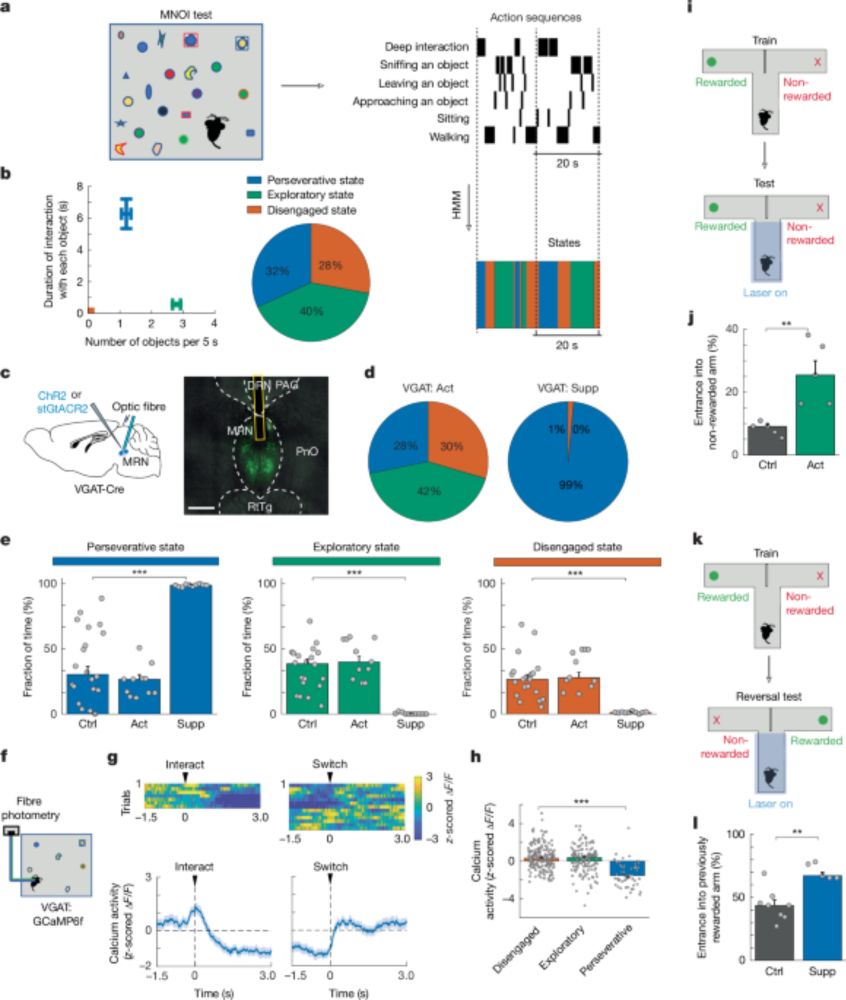
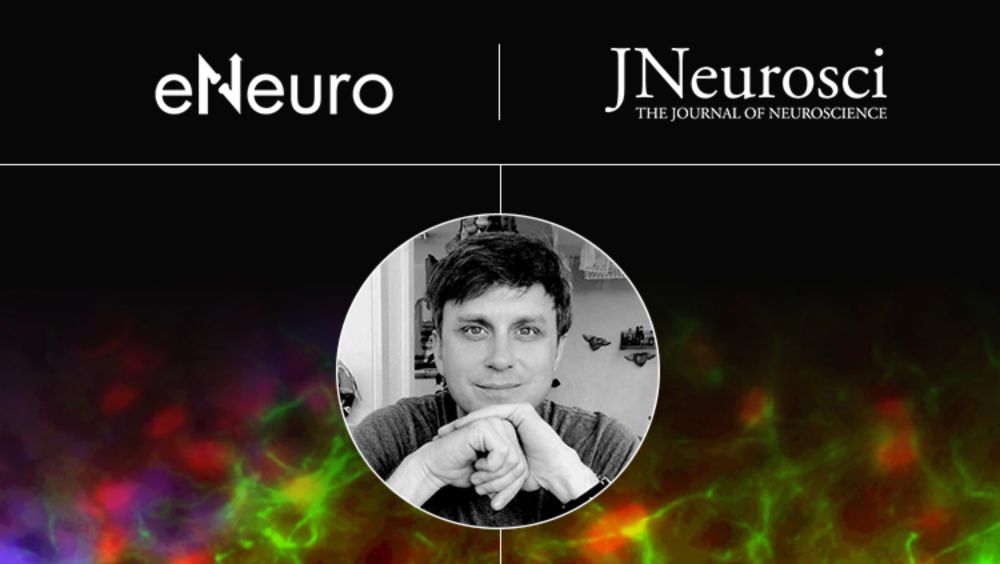
By @avaskham.bsky.social
#neuroskyence
www.thetransmitter.org/social-behav...
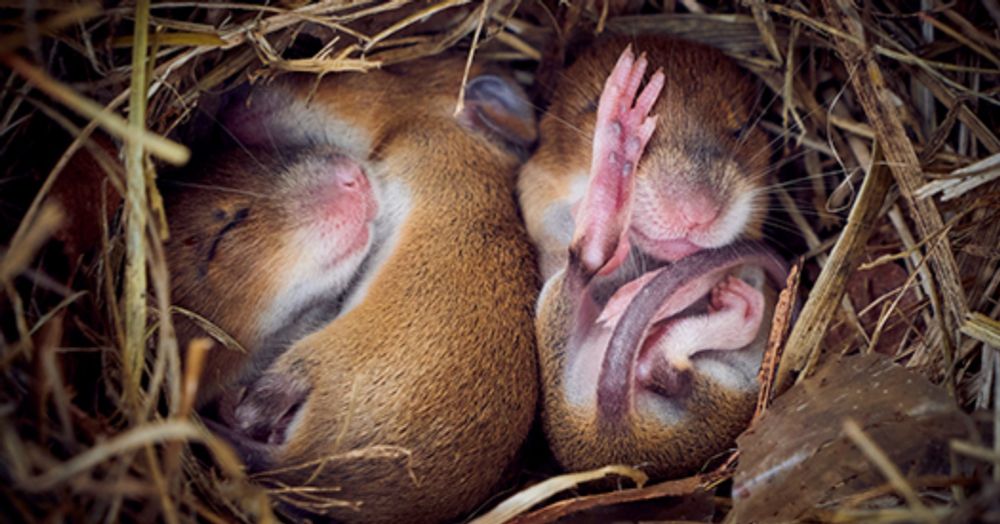
We developed a new explainable AI method to better understand time-series data.
We can map back inputs (neurons) to their latent space. Basically merging #CEBRA with measuring the individual neurons contribution over time
arxiv.org/abs/2502.12977

We developed a new explainable AI method to better understand time-series data.
We can map back inputs (neurons) to their latent space. Basically merging #CEBRA with measuring the individual neurons contribution over time
arxiv.org/abs/2502.12977
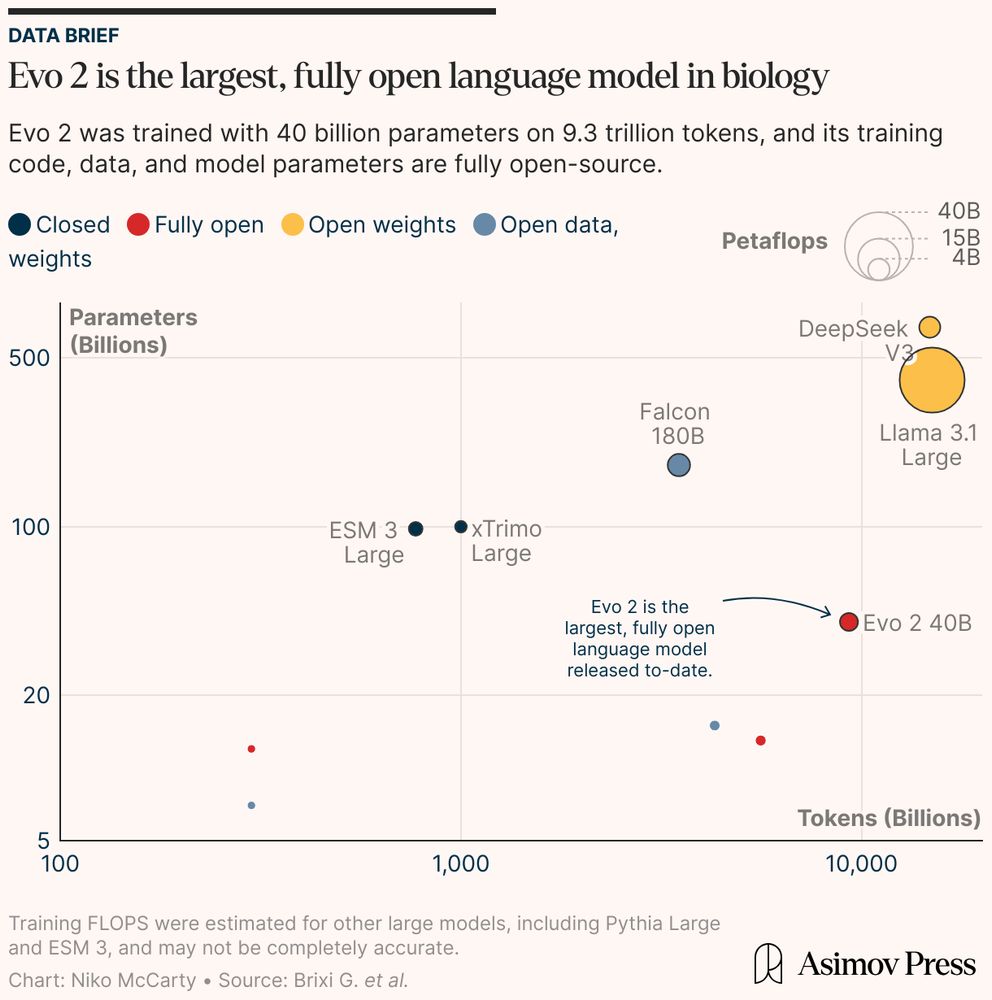
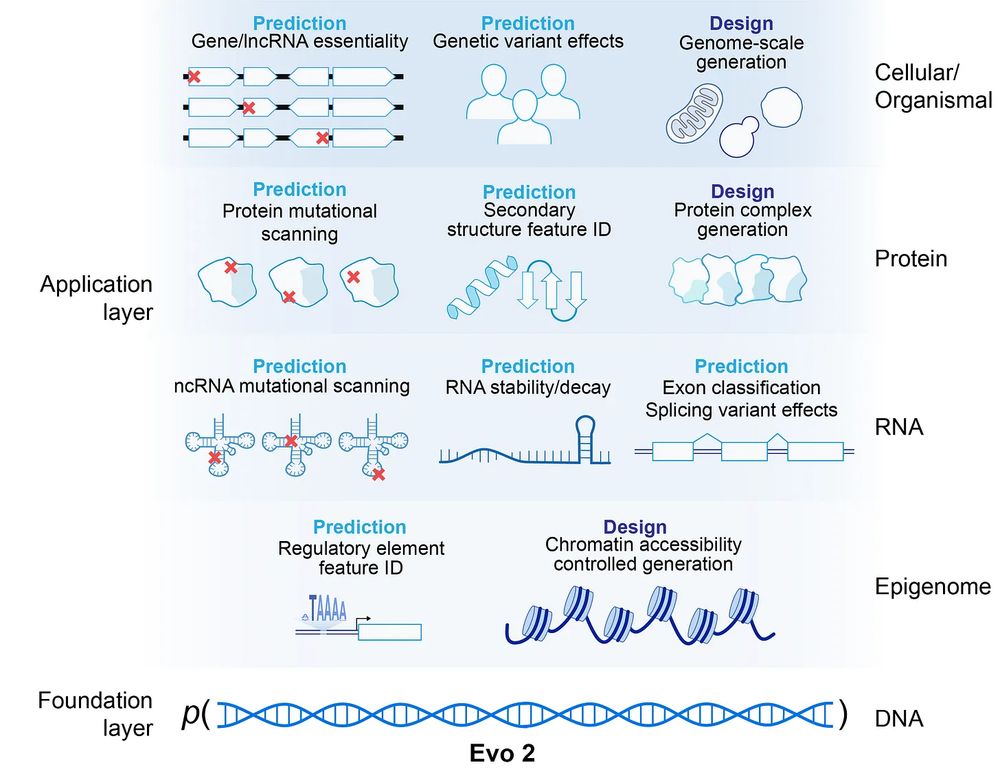
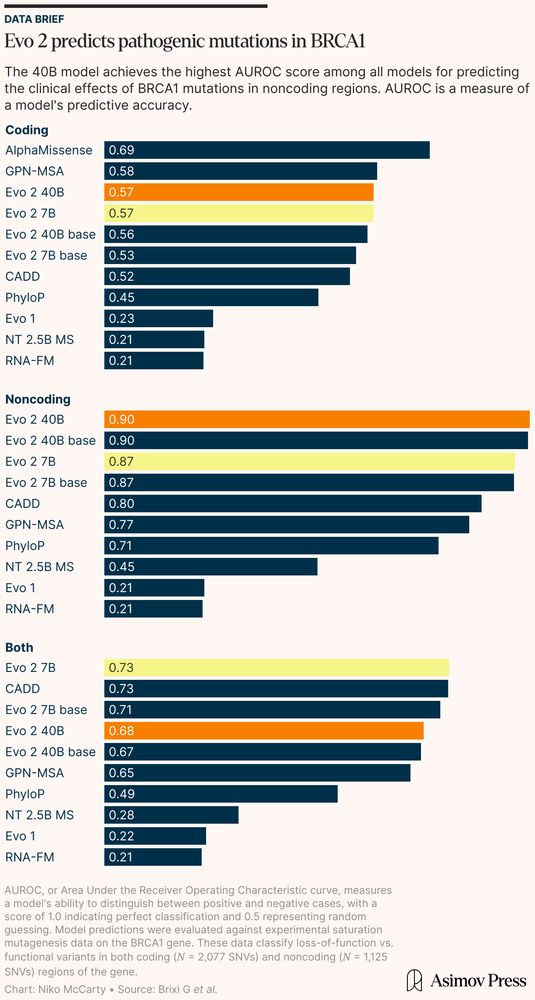
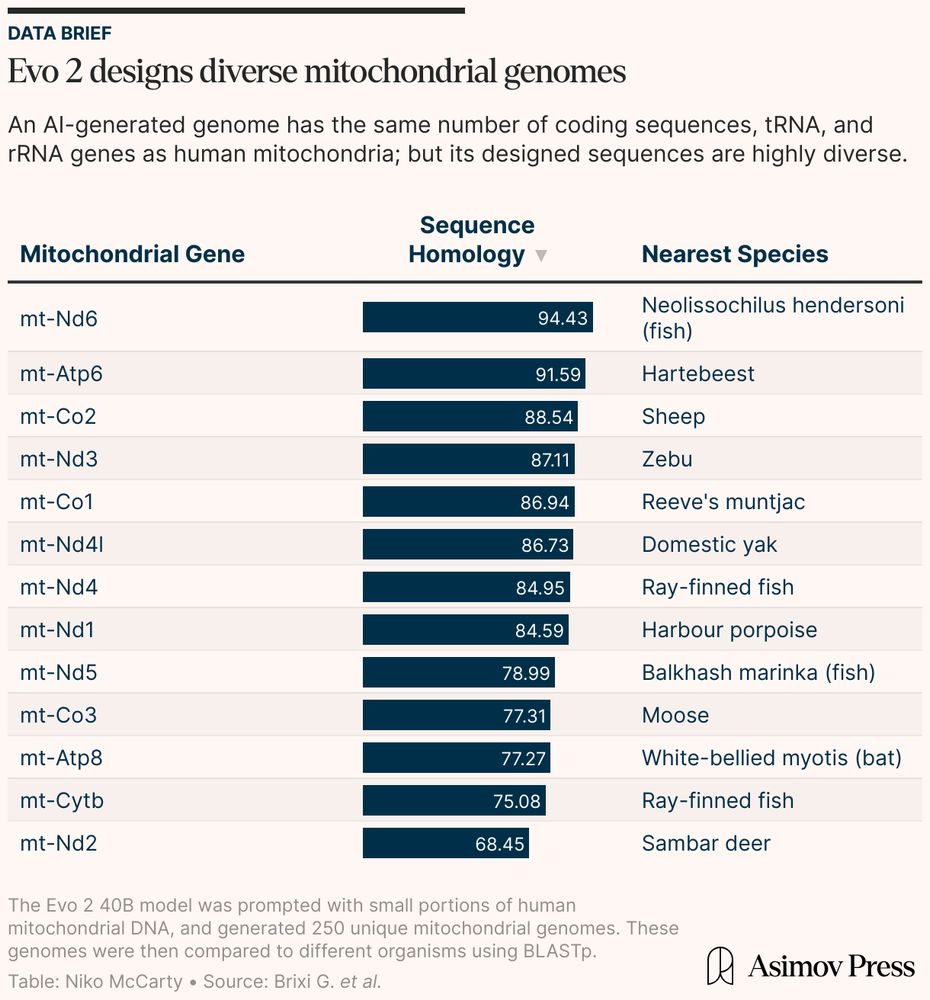
Our study by @aboharbf.bsky.social and @pashadavoudian.bsky.social, developing an imaging and machine learning pipeline to test a panel of psychoactive drugs.
Paper here 👇
www.nature.com/articles/s41...

Our study by @aboharbf.bsky.social and @pashadavoudian.bsky.social, developing an imaging and machine learning pipeline to test a panel of psychoactive drugs.
Paper here 👇
www.nature.com/articles/s41...
By @claudia-lopez.bsky.social
#neuroskyence
www.thetransmitter.org/social-behav...
By @claudia-lopez.bsky.social
#neuroskyence
www.thetransmitter.org/social-behav...
www.nature.com/articles/s41...
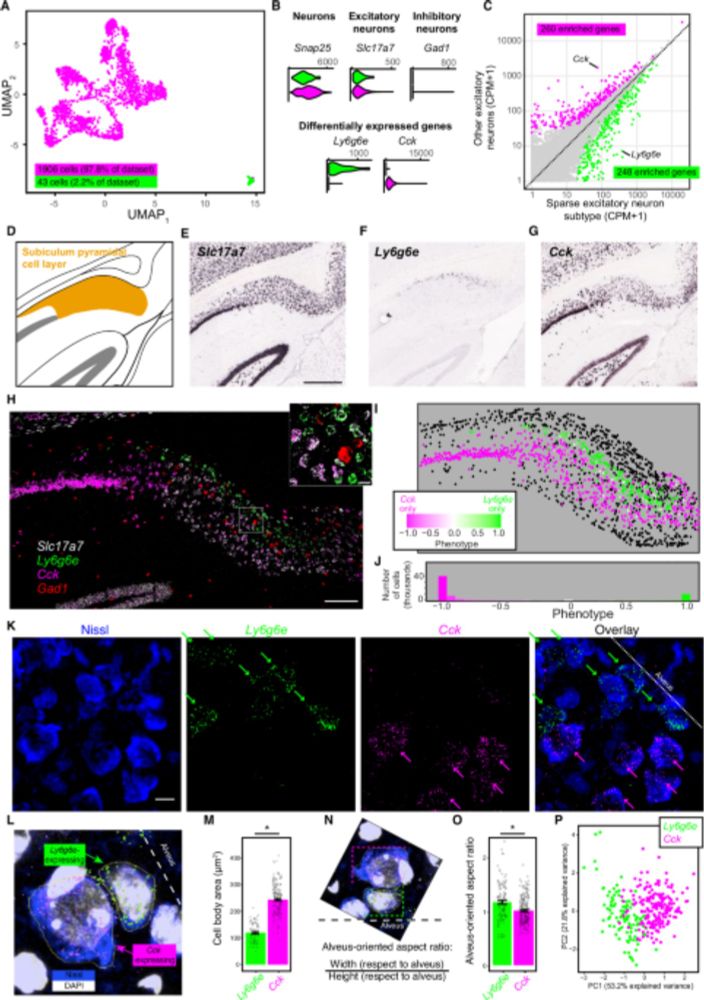
www.nature.com/articles/s41...
1. Replay during non-REM sleep switches between prioritizing recent versus remote memories:
www.nature.com/articles/s41...
2. All optical obs. of synaptic plasticity rules during place field formation:
www.nature.com/articles/s41...
🧠📈 🧪
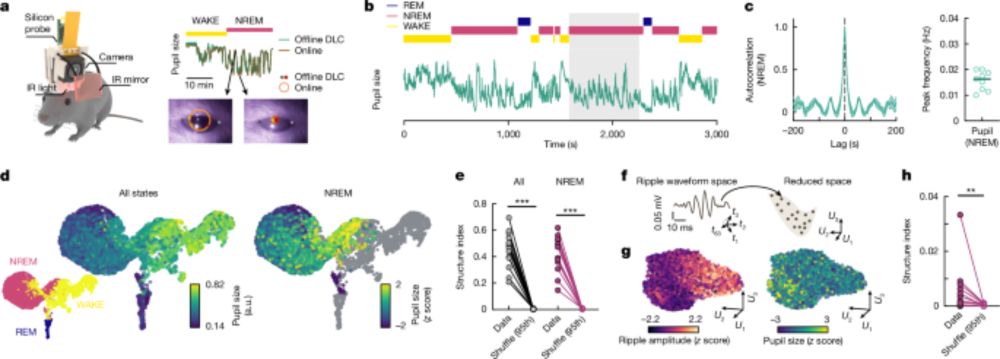
1. Replay during non-REM sleep switches between prioritizing recent versus remote memories:
www.nature.com/articles/s41...
2. All optical obs. of synaptic plasticity rules during place field formation:
www.nature.com/articles/s41...
🧠📈 🧪
Also proud of the team at #MIDB in the support! @tervoclemmensb.bsky.social @bart-larsen.bsky.social and more!
If you are interested in optimizing study designs, take a look, it's a great read!
www.nature.com/articles/s41...
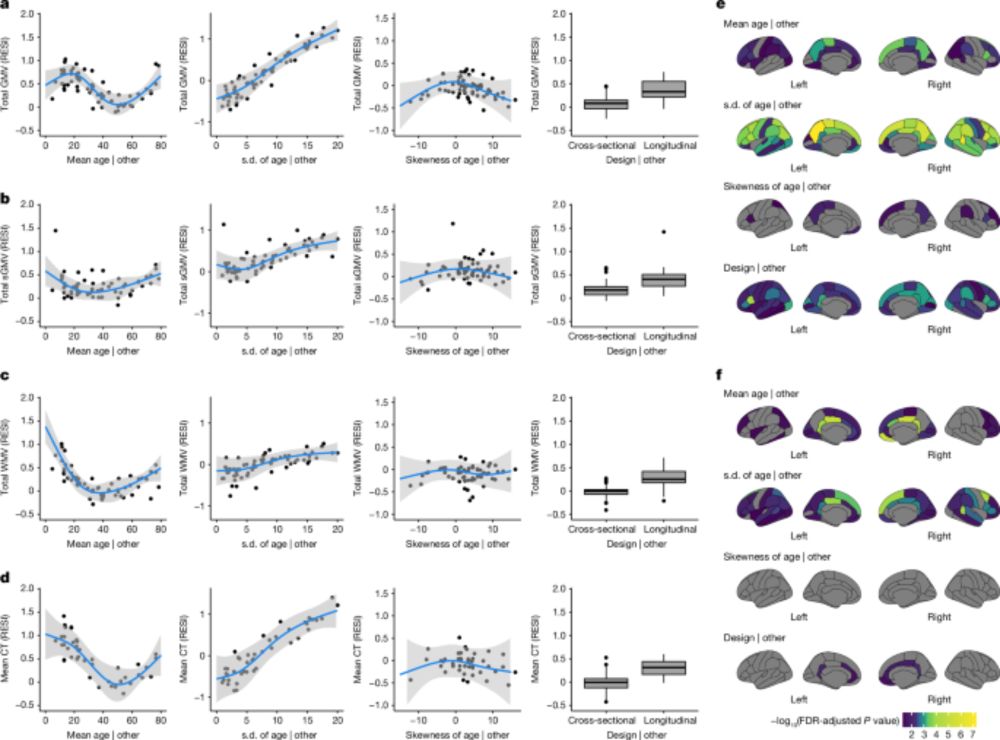
Also proud of the team at #MIDB in the support! @tervoclemmensb.bsky.social @bart-larsen.bsky.social and more!
If you are interested in optimizing study designs, take a look, it's a great read!
www.nature.com/articles/s41...
www.biorxiv.org/content/10.1...
www.biorxiv.org/content/10.1...
